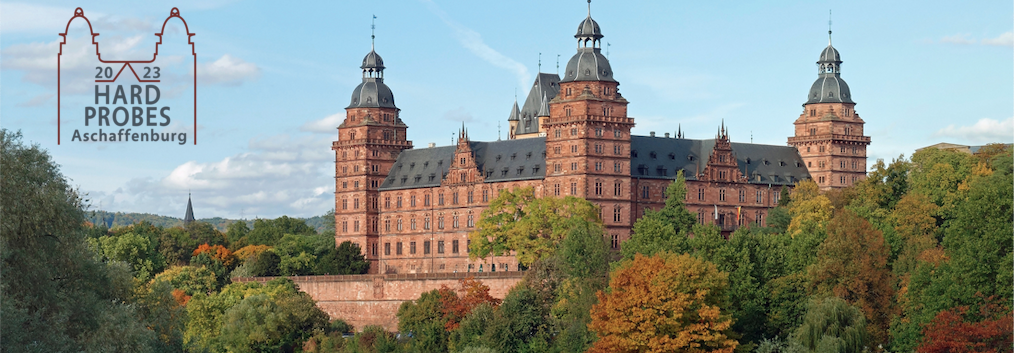Sprecher
Beschreibung
While perturbative QCD is sufficient for understanding parton energy loss at large transverse momentum ($p_\mathrm{T}$) in heavy-ion collisions, a simultaneous description of the heavy flavor nuclear modification factor ($R_\mathrm{AA}$) and elliptic flow coefficient ($v_2$) at low to intermediate $p_\mathrm{T}$ still remains challenging due to non-perturbative interactions between heavy quarks and the QGP. We develop a unified perturbative and non-perturbative Boltzmann transport model for studying the heavy quark dynamics inside the QGP. A generalized Cornell-type potential is implemented, which incorporates both the short-range Yukawa interaction and the long-range color confining interaction. By combining this new approach to a (3+1)-dimensional viscous hydrodynamic model for the QGP evolution and a hybrid fragmentation-coalescence model for heavy quark hadronization, we obtain a satisfactory description of $R_\mathrm{AA}$ and $v_2$ of heavy mesons and their decayed leptons from low to intermediate to high $p_\mathrm{T}$. From the model-to-data comparison, we extract the in-medium heavy quark potential from open heavy flavor observables for the first time, which is shown in agreement with the lattice QCD calculation. The mass dependence of the heavy quark diffusion coefficient $D_s$ is systematically explored for the first time as well, which is shown to be smaller for $b$-quark than for $c$-quark, and is also consistent with recent results from the lattice calculation.
Affiliation
Shandong University, Central China Normal University
| Experiment/Theory | Theory/Phenomenology |
|---|
